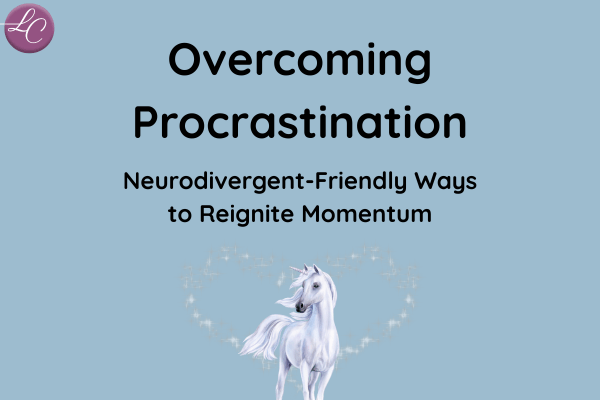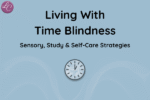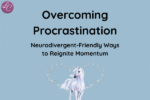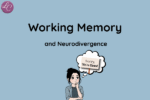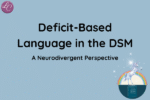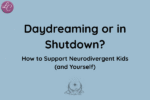Overcoming Procrastination
Neurodivergent-Friendly Ways to Reignite Momentum
Overcoming Procrastination When You’re Neurodivergent
Procrastination can feel like quicksand.
You want to move forward, but the more you try, the heavier everything feels.
For neurodivergent people — especially those who are autistic, ADHD, or AuDHD — procrastination often isn’t a matter of willpower. It’s about how our nervous systems respond to overwhelm, uncertainty, or fear of failure.
Sometimes, procrastination is our body saying, I can’t right now.
Our brains might crave clarity, regulation, or the right sensory environment before action feels possible.
The key isn’t to push harder — it’s to approach ourselves with gentleness and curiosity.
Why It Happens
For many of us, procrastination is linked to executive function differences.
Planning, prioritising, and initiating tasks require a lot of cognitive energy, especially when the task feels boring or too big.
Emotional regulation plays a role, too — fear of getting it wrong can freeze us in place.
Gentle Ways to Reignite Momentum
🕯️ Start with grounding. Before tackling the task, take a moment to breathe, stretch, or listen to soothing sounds to calm your nervous system.
🎨 Make it sensory. Add a sensory cue — light a candle, diffuse an oil, or put on a focus track from my Soothing Sounds playlist.
💫 Shrink the task. Choose one tiny, doable action — even five minutes can shift your momentum.
💛 Celebrate micro-progress. Every step forward counts, even if it’s smaller than you hoped.
Procrastination doesn’t mean you’re failing. It means your body and brain are asking for a gentler way to begin.
Overcoming Procrastination – Watch the Video
In my video Overcoming Procrastination When You’re Neurodivergent, I unpack how procrastination feels from the inside and share sensory-aligned strategies to reconnect with flow.
You May Be Interested…
If procrastination has been showing up for you lately, you might also enjoy my earlier posts:
Each one explores a different facet of the neurodivergent experience — from the invisible challenges our minds face to the sensory tools that help us reconnect and find flow.
You’ll find the relevant videos, and more, on my YouTube channel, Different… and Loving It!

